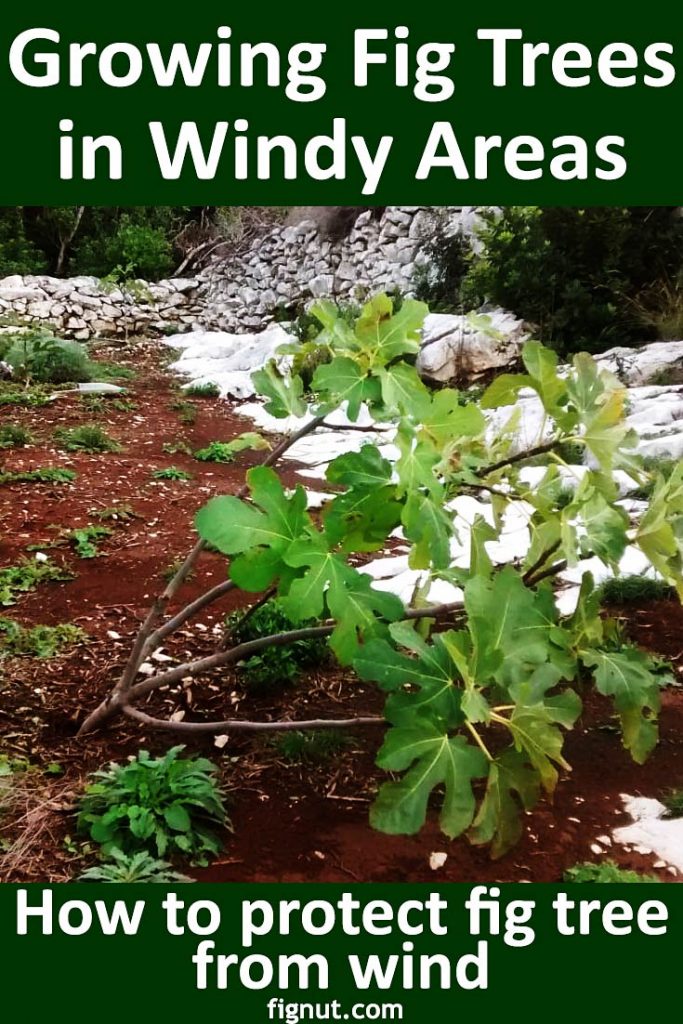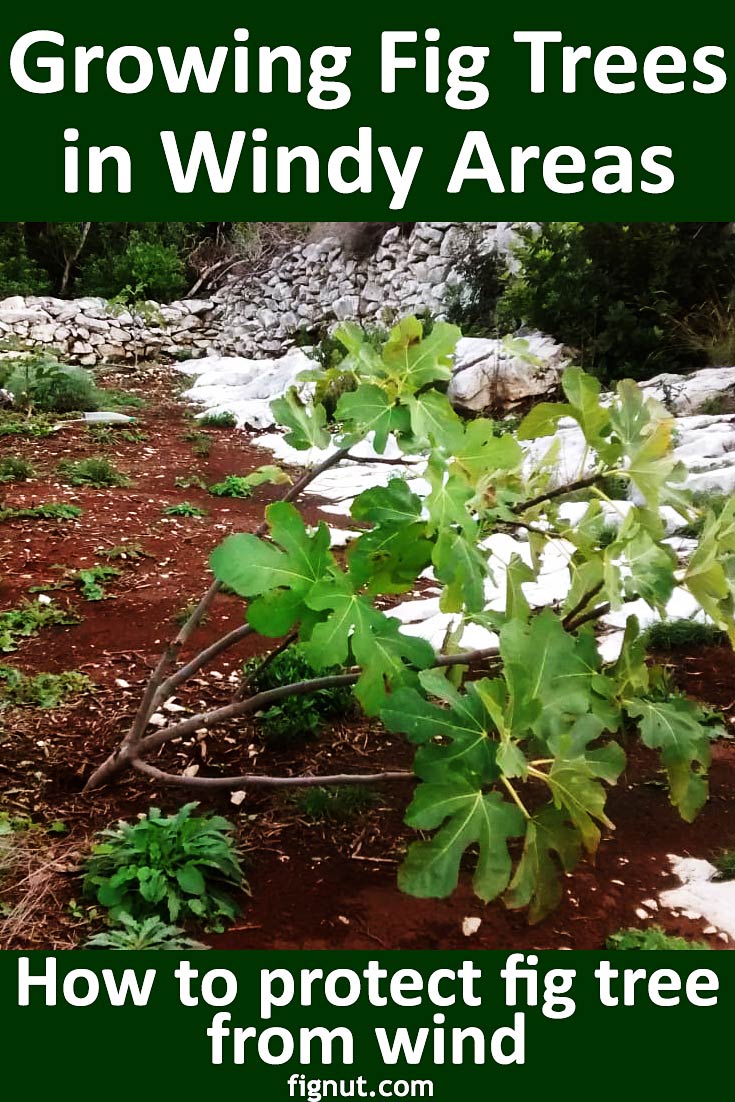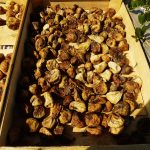If you are growing young fig trees in the windy area here is some info about what to do to avoid damage from the high winds. It is possible to have successful figs growing in windy conditions but you have to take some steps to protect the trees from high winds. In this article, I will tell you about my experience in protecting young fig trees from wind damage and how to prevent wind damage to your young trees.
A couple of years ago a sudden, very strong, and harsh wind that came totally unexpectedly has damaged three of my fig trees. Here are photos of my damaged fig trees. I took these photos the following morning after the storm.
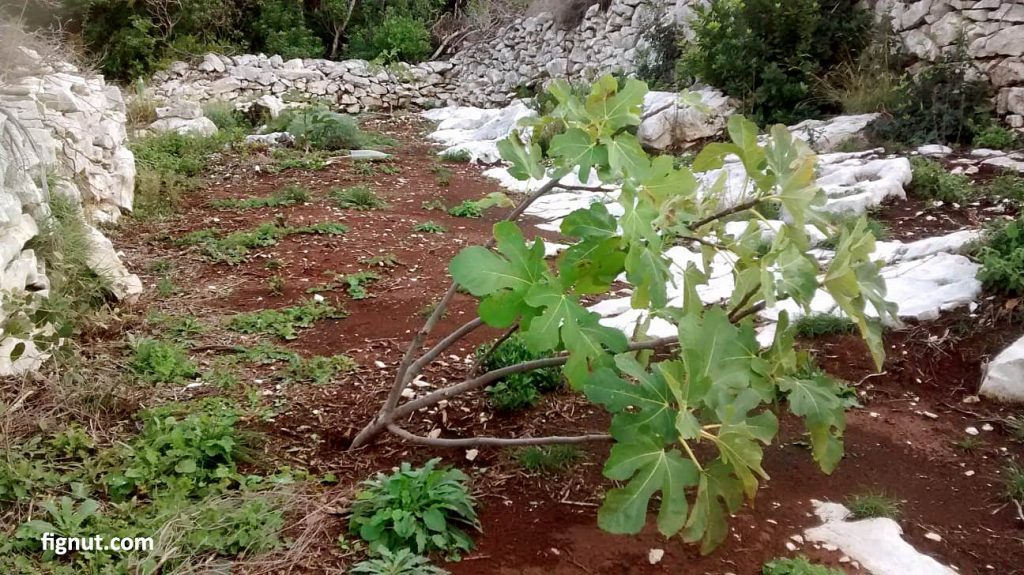

Table of Contents
How to protect fig trees from wind
Here is a list of thigs you can do to protect your tree getting damaged by strong winds
- Prevention is the most important step to protect your tree from wind – choose the best place available for newly planted trees. If possible, the best option is to plant your tree in a place that is sheltered from the harsh wind by some kind of windbreak.
- Staking young trees when planting is essential as support stakes ensure the tree is well anchored to the ground to resist strong wind blasts and reduce wind damage. To avoid the sail effect in the strong winds it is a good idea to support the tree by anchoring it to the ground.
- Regular watering is a key activity in dry periods not only to keep your tree healthy but also to protect it from wind damage as watered roots in the wet ground are much stronger than dry roots in dry ground.
- Regular pruning is also a good way to avoid the sail effect in strong winds. By regular pruning, you can prevent wind damage to the canopy of the tree. As you can see in the above photos of my damaged trees, the wind damage happened while all leaves were still on the tree.
- If in your area winds are not regular or prevailing, you can cover the tree for short periods of time when a windy day is forecasted.
A fig tree that was leaned off by strong wind:
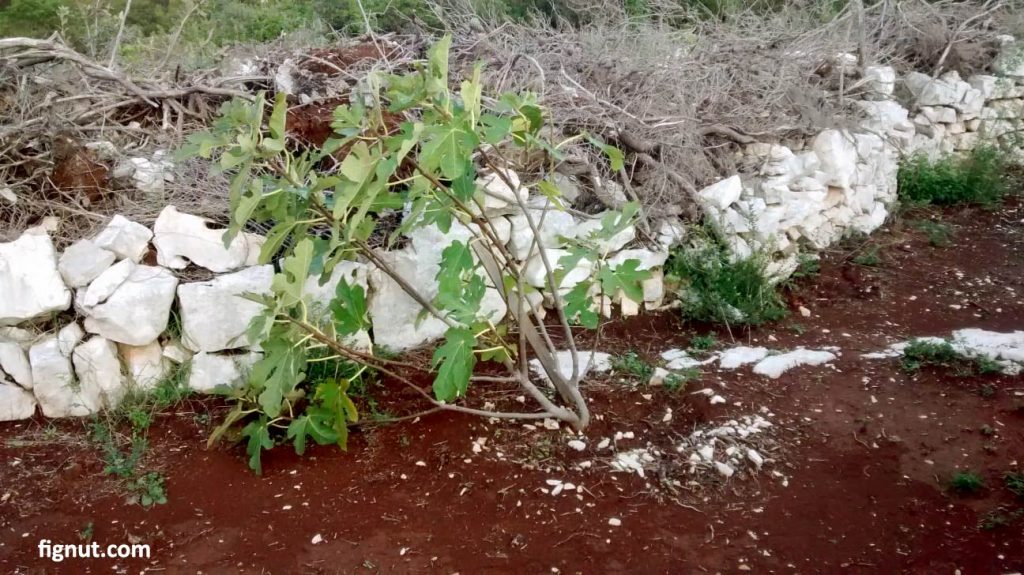
Location with windbreak
The easiest way to protect your fig tree is to plant it in a sheltered location (as in the below photo – large trees in the background are natural windbreak for a small fig tree). If a sheltered location is not available, consider installing an artificial windbreak such as a garden wall. In the below photo, the dormant fig tree is protected by a dry-stone wall, tree stakes as well as large pine trees further away.
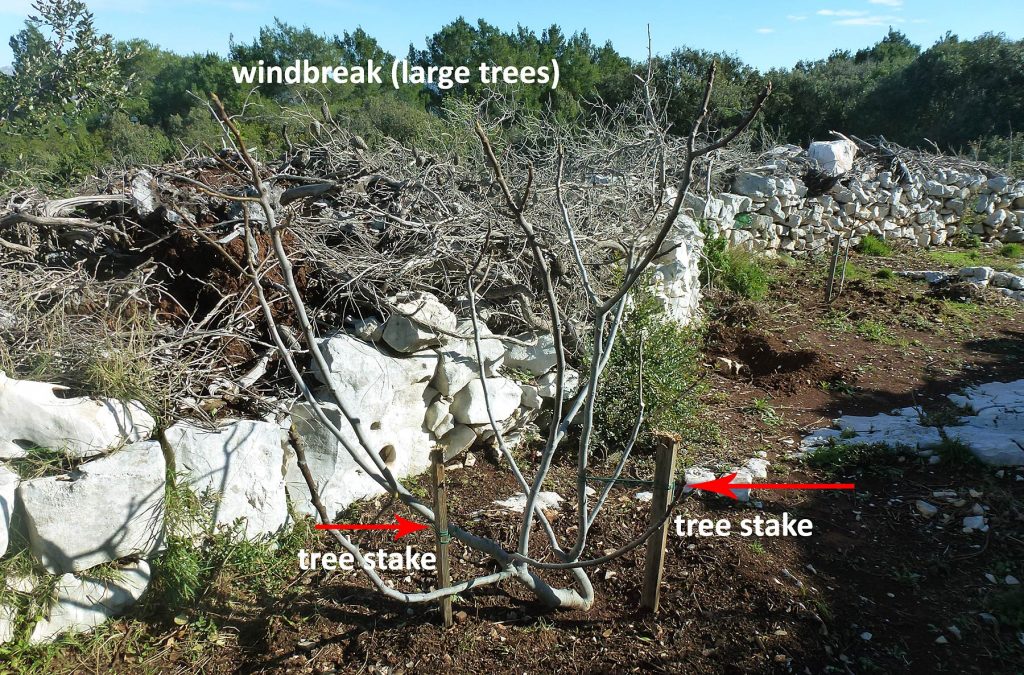
Regular pruning as wind protection
Pruning prevents damage and secures the canopy of the fig tree. By making the canopy thinner, instead of pushing against the tree, you will enable blasts of harsh winds to pass through the branches. Remove some branches in the dormant period.
That will also help your fig tree to establish a nice, rounded shape. That’s why wind damage to the canopy rarely happened in the dormant season when branches are bare with no leaves (above photo).
Stake the fig tree to secure its trunk and roots
Staking young and newly planted fig trees in windy areas is the way to temporarily secure the trunk and roots. Properly installed tree stakes improve the stability of the young trunk and anchor it to its roots.
The structural support provided by stakes can make the whole difference – they prevent root rock which can be very damaging.
By minimizing root movement and ensuring its roots are motionless, a young fig tree can now develop and establish its root system by securely anchoring it to the ground.
Here is photo of my young tree supported by two tree stakes secured by staking straps:
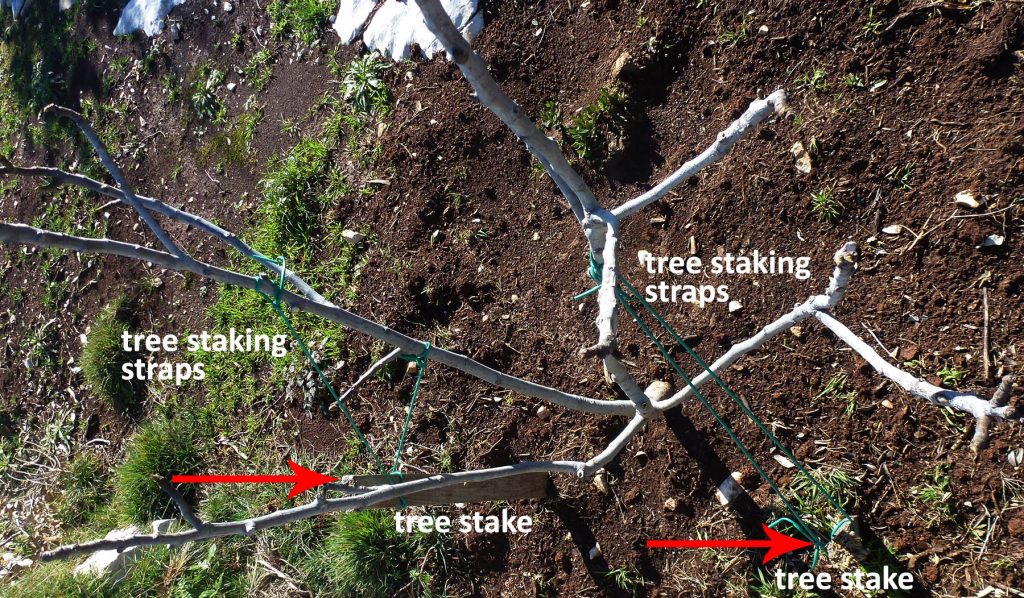
Regular watering for wind protection
In dry periods regular watering protects your young tree from wind damage too. Watered roots in the wet ground are much stronger structural support to its trunk and canopy than in dry soil.
The wind damage of my trees in the above photos happened in the period when the soil was not dry. Besides their age (already established three-year-old trees) that is one of the reasons why the roots were strong enough to sustain such harsh wind blasts.
Once a tree has matured, established, and has developed a healthy root network, you can remove tree stakes and just leave the natural windbreak, if you have one, as its main wind protection. From now on, the fig trees should stay anchored well in harsh and strong winds as their root system is so wide and deep to support the tree.
Keep pruning at least once a year to make sure that any strong and unexpected wind has plenty of space to blow between the branches. Fertilize them regularly. Make sure that all newly planted and young fig trees are properly protected from strong winds.
